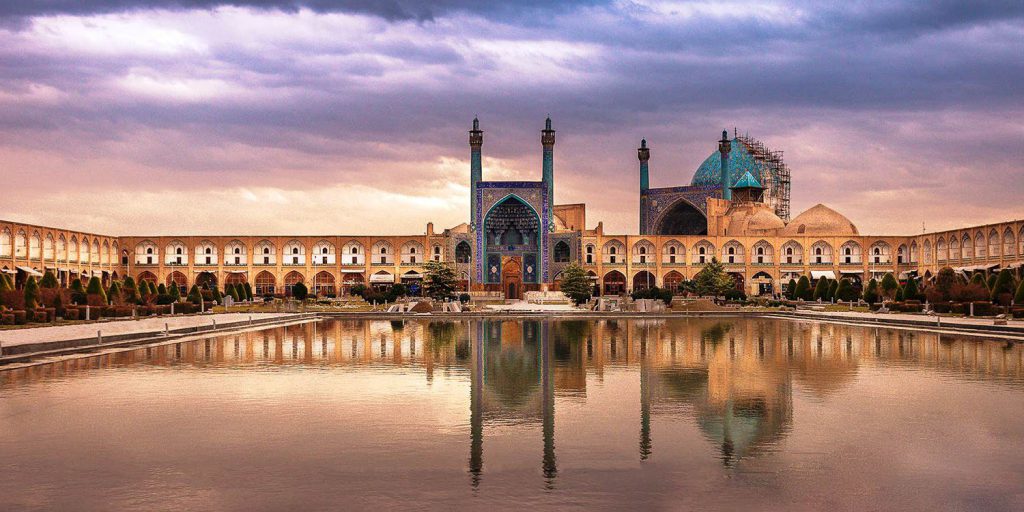Naghsh-e Jahan Square is also famous under the historical name of Shah Square and after the Iranian Revolution of 1979 under the official name of Imam Square, it is the central square of Isfahan, located in the heart of the Naghsh-e Jahan Historical Complex. Naghsh-e Jahan Square was one of the first Iranian works to be inscribed on the UNESCO World Heritage List in May 1979.
Naghsh-e Jahan Square is a rectangular square 560 meters long and 160 meters wide in the center of Isfahan. Before the city of Isfahan was chosen as the capital of Safavid Iran, there was a large garden called “Naghsh-e Jahan” in this square.

Historical monuments on all four sides of Naghsh-e Jahan Square include Aali Ghapo Palace, Shah Mosque (Imam Mosque), Sheikh Lotfollah Mosque, and Qaisaria Gate, which is the main entrance to Isfahan Bazaar.
The coexistence of commercial buildings with governments and religious, as well as the existence of the world’s oldest polo gate in the middle of the square is one of the architectural attractions of the square.
Before the Safavid period, there was a garden called Naghsh-e Jahan. During the reign of Shah Abbas II, due to the overcrowding of the bazaar and the surrounding vendors, it was decided to build another square in addition to Atiq Square (or Old Square) and Shah Square. This square, which was located very close to Shah Square and behind the Sheikh Lotfollah Mosque, was named New Square..